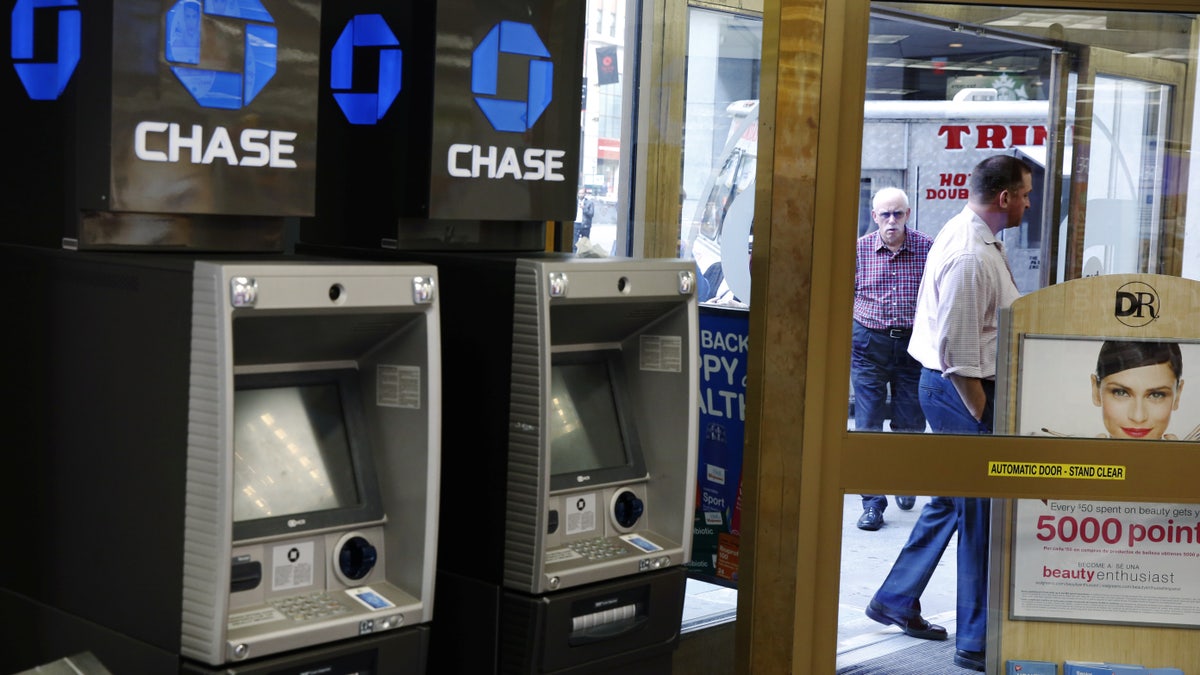
JPMorgan Chase ATMs stand near a door as customers walk past a Duane Reade store in New York, U.S., October 3, 2016. (REUTERS/Lucas Jackson)
Automated teller machines aren’t just a source of cash. They’re also a way for scientists to understand what microbes are in the environment and on people’s fingers— such as mold from sugary food.
For a new study, researchers took samples in the summer of 2014 from the keypads of 66 ATMs in New York City, and then analyzed what they found. They discovered microbes that live on human skin, as well as in places like bathrooms, kitchens, pillows, and evidence of food like chicken, fish, and mold from baked goods.
“Our results suggest that ATM keypads integrate microbes from different sources, including the human microbiome, foods, and potentially novel environmental organisms adapted to air or surfaces,” Jane Carlton, director of the Center for Genomics and Systems Biology at NYU and the senior author of the new study, said in a statement.
The cash machines they studied were scattered across the city, from Manhattan to Queens to Brooklyn, and four of them were outside, although they didn’t see anything different with those ATMs compared to the inside ones.
RECORD-BREAKING BATS CAN FLY AS FAST AS 99 MPH, STUDY SAYS
While the majority of microbes came from unknown sources, and then from surfaces like televisions or restrooms, they were also able to identify microbes that came from human skin, ears, noses, and feces.
Interestingly, in places like midtown Manhattan, they found mold that’s connected with baked goods— called X. bisporus, the fungus is “associated with spoilage of high-sugar foods such as cakes and confectionaries,” according to the study.
While the researchers can't be sure exactly where the mold came from, they have an idea: “it seems plausible that this fungus had been transferred from people who had recently handled baked goods, particularly in a commuter-heavy area such as midtown Manhattan, where there are many nearby convenience stores and cafés selling this type of food product to business workers,” the researchers write in the study.
Ultimately, the study, which was published in the journal mSphere, provides a snapshot of what people have been doing, as well as microbes that come from the urban environment.
Follow Rob Verger on Twitter: @robverger
